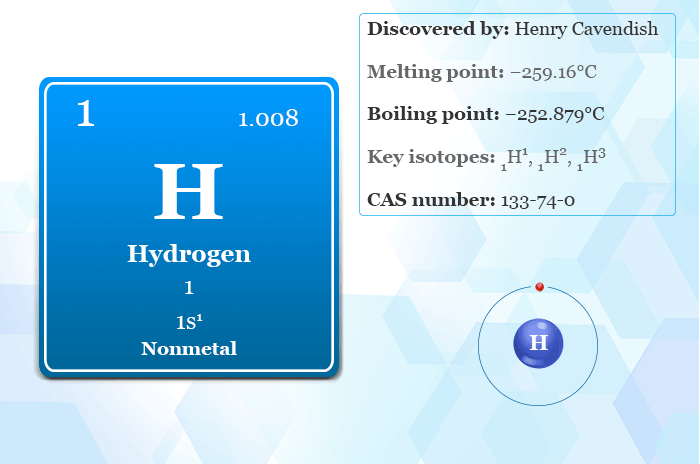Flammability refers to the ability of a substance to ignite and burn when exposed to an open flame or a source of ignition. It is a property that is of great significance in the field of chemistry and safety. But is flammability considered a physical property?
Well, the answer to that question is yes. Flammability is indeed classified as a physical property of substances. Physical properties are characteristics or attributes of matter that can be observed or measured without changing the substance’s composition.
Flammability can be measured by determining the flash point and autoignition temperature of a substance. The flash point is the lowest temperature at which a substance can vaporize into a flammable gas and ignite when exposed to an open flame. On the other hand, the autoignition temperature is the minimum temperature at which a substance can ignite spontaneously without an external ignition source.
Understanding the flammability of substances is crucial for various reasons. It helps in the development and implementation of safety measures to prevent accidents and fires. Knowing the flammability characteristics of different materials also aids engineers and designers in choosing suitable materials for construction and manufacturing purposes.

Credit: www.study-chem.com
The Role of Flammability in Safety
Flammability plays a significant role in ensuring safety in various industries and daily life. Understanding the flammability of common substances allows us to handle them with caution and take necessary precautions when dealing with potentially hazardous materials.
For instance, knowing that gasoline has a low flash point helps us understand why it can easily catch fire and explode. It guides us to store it properly, away from potential ignition sources, to prevent accidents. Similarly, understanding the flammability of flammable liquids like alcohol or acetone guides us in their safe handling and storage.
Flammability is also a vital consideration in the field of firefighting. Firefighters need to understand the flammability characteristics of different substances to choose appropriate fire suppression methods and equipment. This knowledge ensures their safety and enables them to efficiently combat fires.

Credit: sciencenotes.org
Flammable vs. Non-Flammable
The term “flammable” is often used to describe materials that can easily ignite and burn. On the other hand, the term “non-flammable” is used for materials that are resistant to ignition and do not easily burn when exposed to a flame or ignition source.
However, it is essential to note that the term “non-flammable” doesn’t imply that a material is completely incapable of burning. It simply means that the material has a higher resistance to ignition and requires more extreme conditions to catch fire.
Materials such as asbestos and certain metals like steel are considered non-flammable. These materials have high melting points and do not readily release flammable vapors or gases. As a result, they have a low risk of igniting and burning under normal circumstances.
Frequently Asked Questions On Is Flammable A Physical Property? Discover The Fiery Truth
Is Flammable A Physical Property?
Flammable is not a physical property but rather a property that describes the ability of a substance to catch fire and burn.
How Does Flammability Affect Physical Properties?
Flammability can influence physical properties such as the boiling point, melting point, and density of a substance. Highly flammable substances tend to have lower boiling and melting points.
What Are Examples Of Flammable Substances?
Common examples of flammable substances include gasoline, alcohol, propane, and aerosol sprays. These substances have low flash points and can easily ignite when exposed to a flame or spark.
Why Is Understanding Flammability Important?
Understanding flammability is crucial for safety purposes. It helps in handling and storing flammable substances properly, preventing accidents, and minimizing the risk of fires.
Conclusion
In conclusion, flammability is indeed considered a physical property of substances. It plays a significant role in various aspects of our lives, from safety to construction and manufacturing. Understanding the flammability characteristics of substances allows us to handle them safely and implement necessary preventive measures to avoid accidents and fires.
By knowing which materials are easily ignitable and which are resistant to ignition, we can make informed decisions and protect ourselves and our surroundings from potential dangers associated with flammability.

